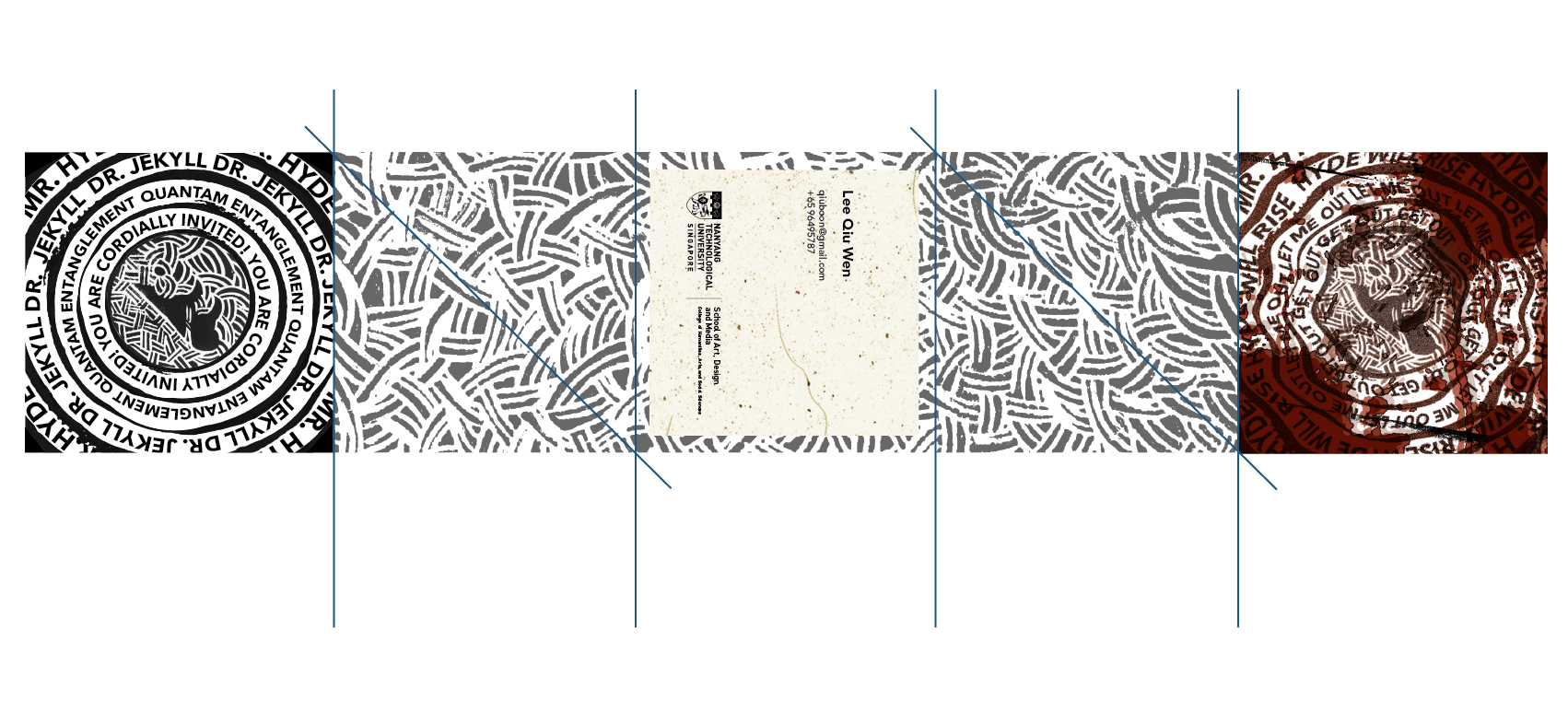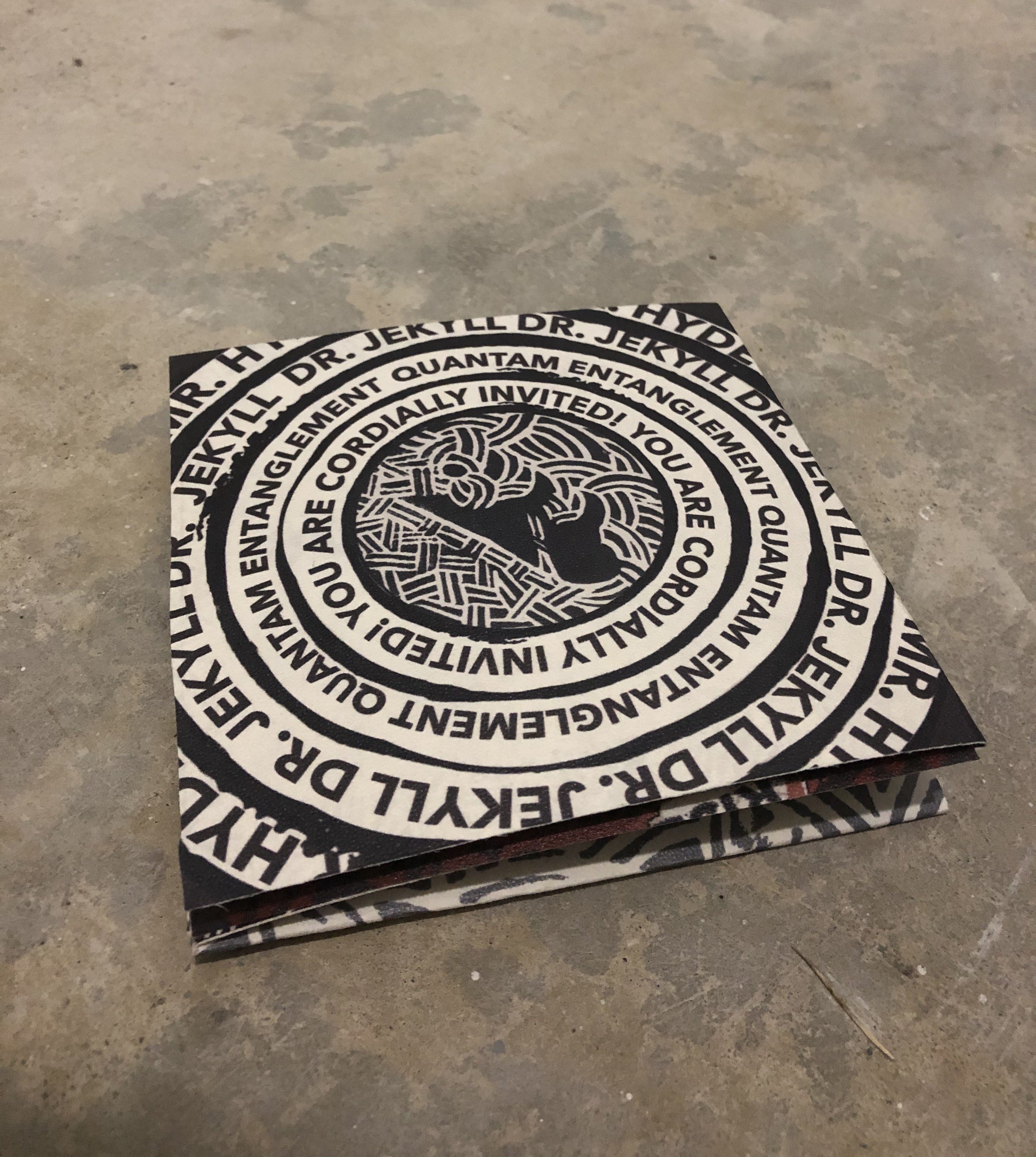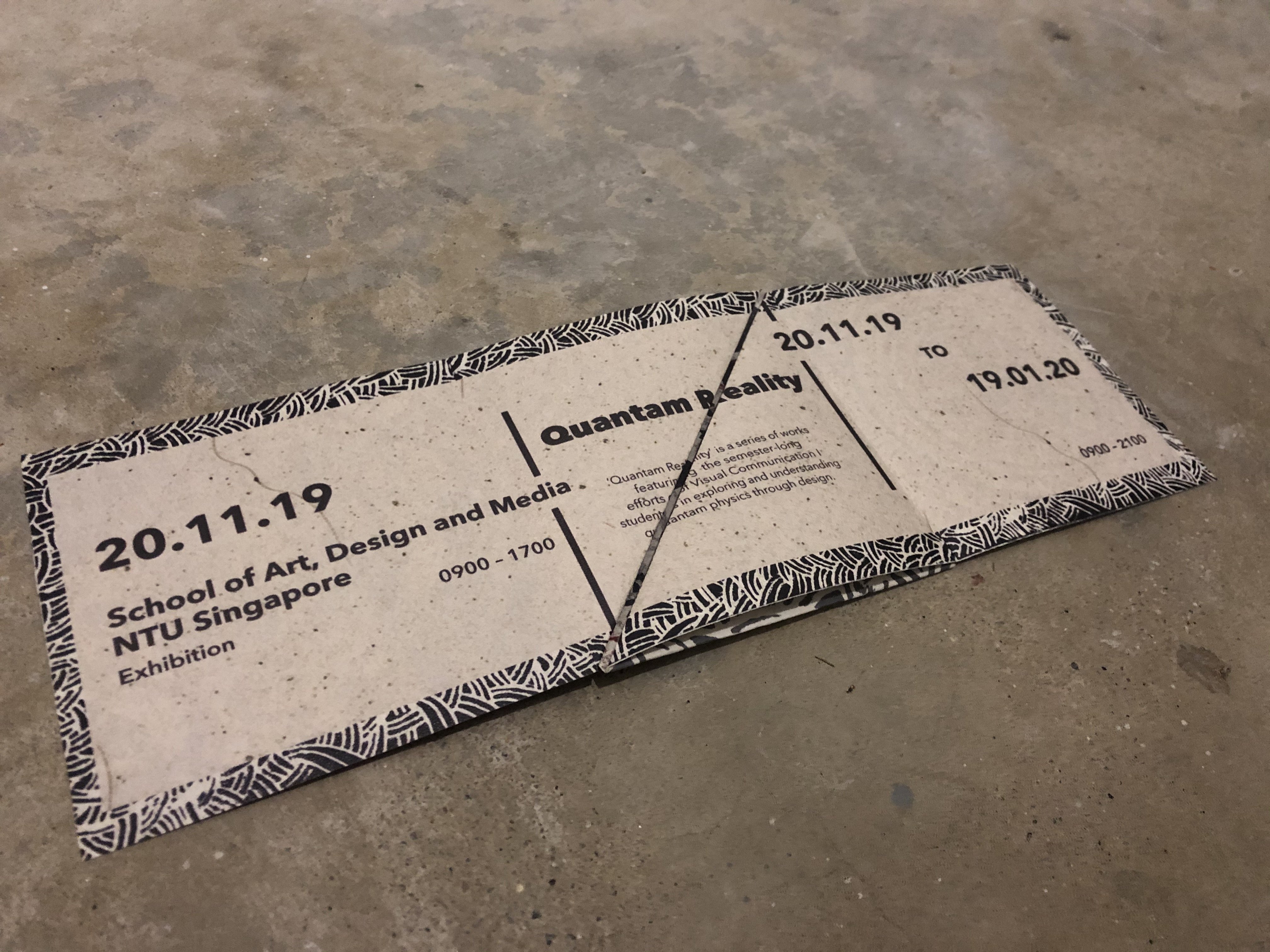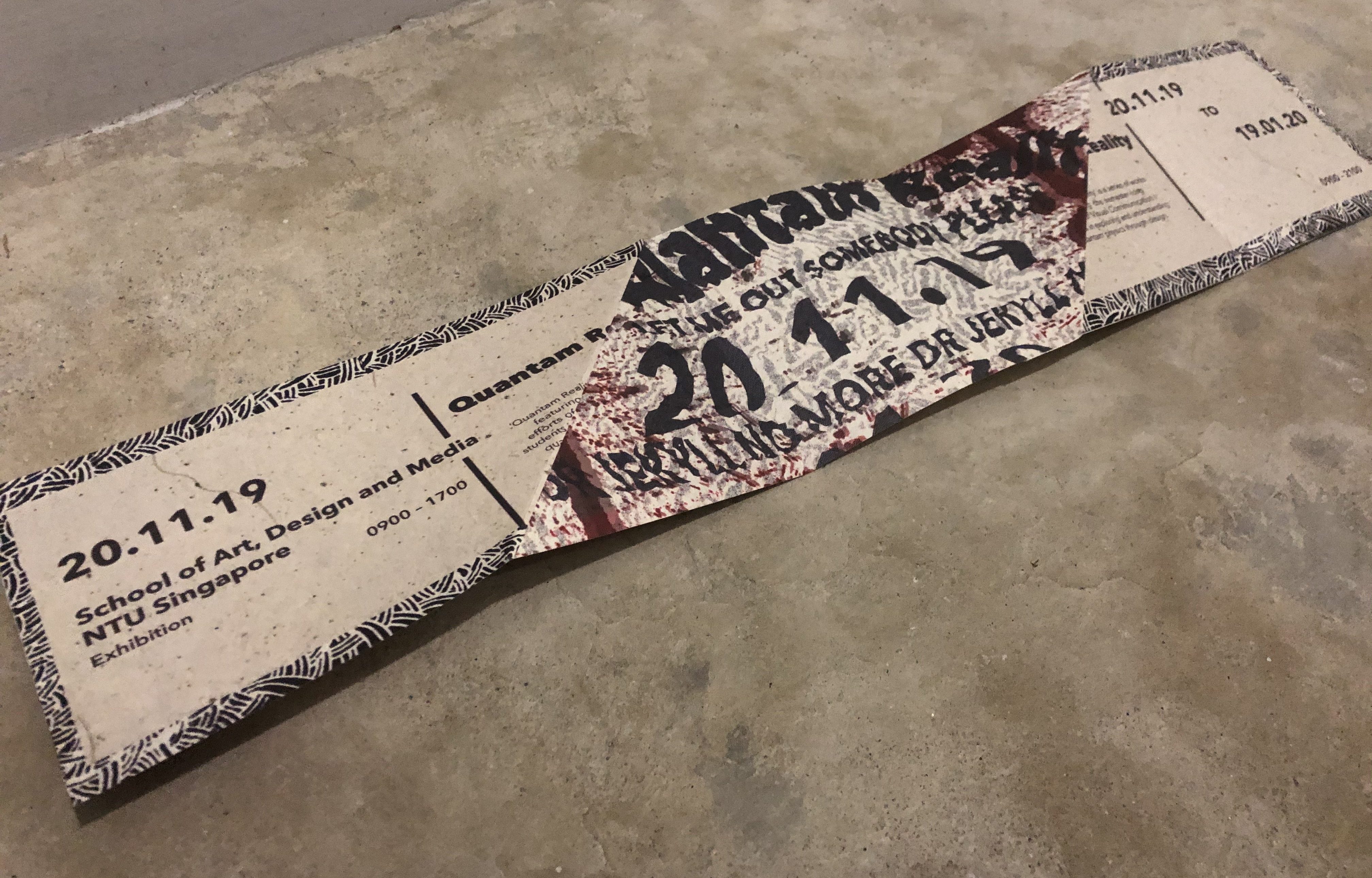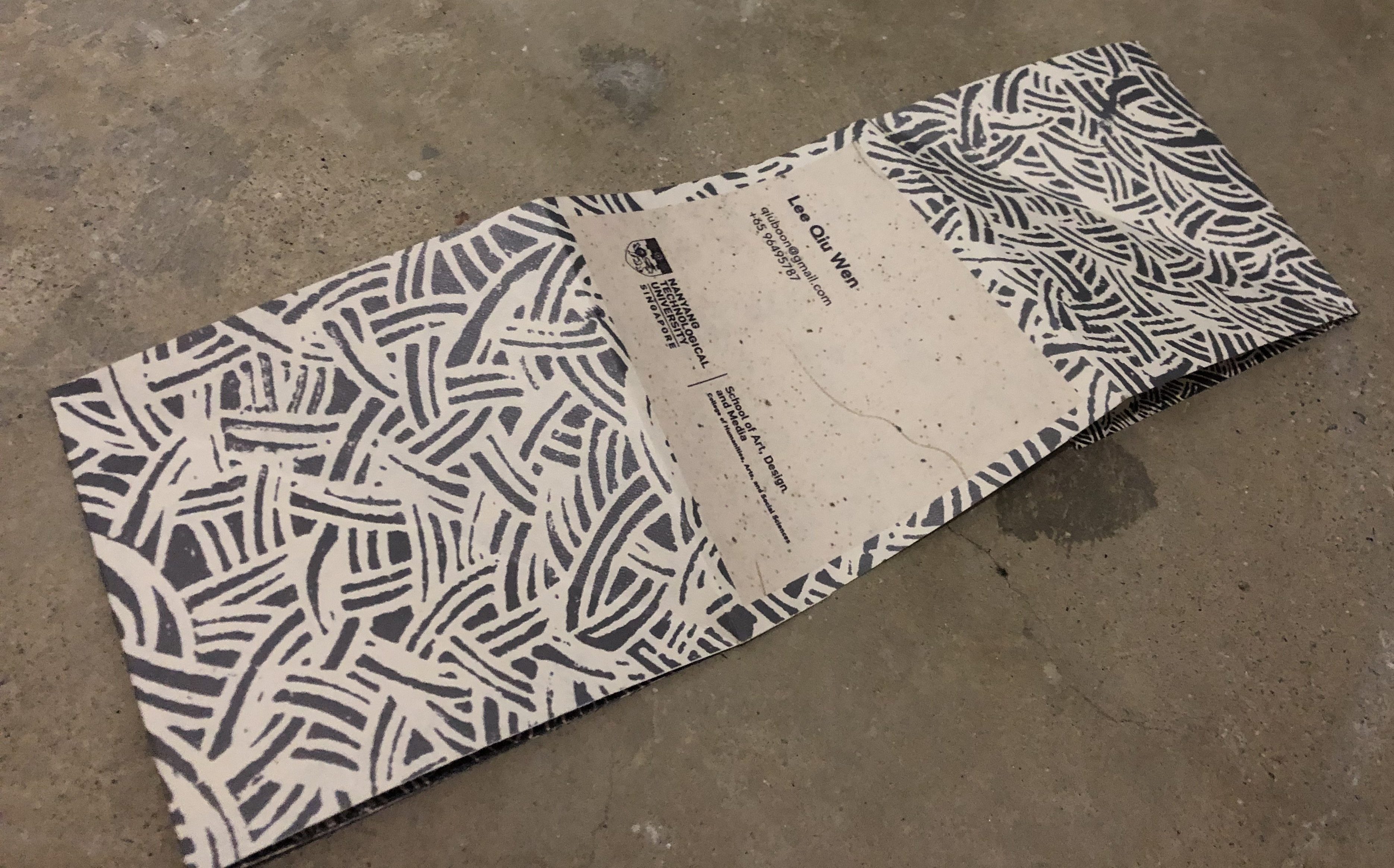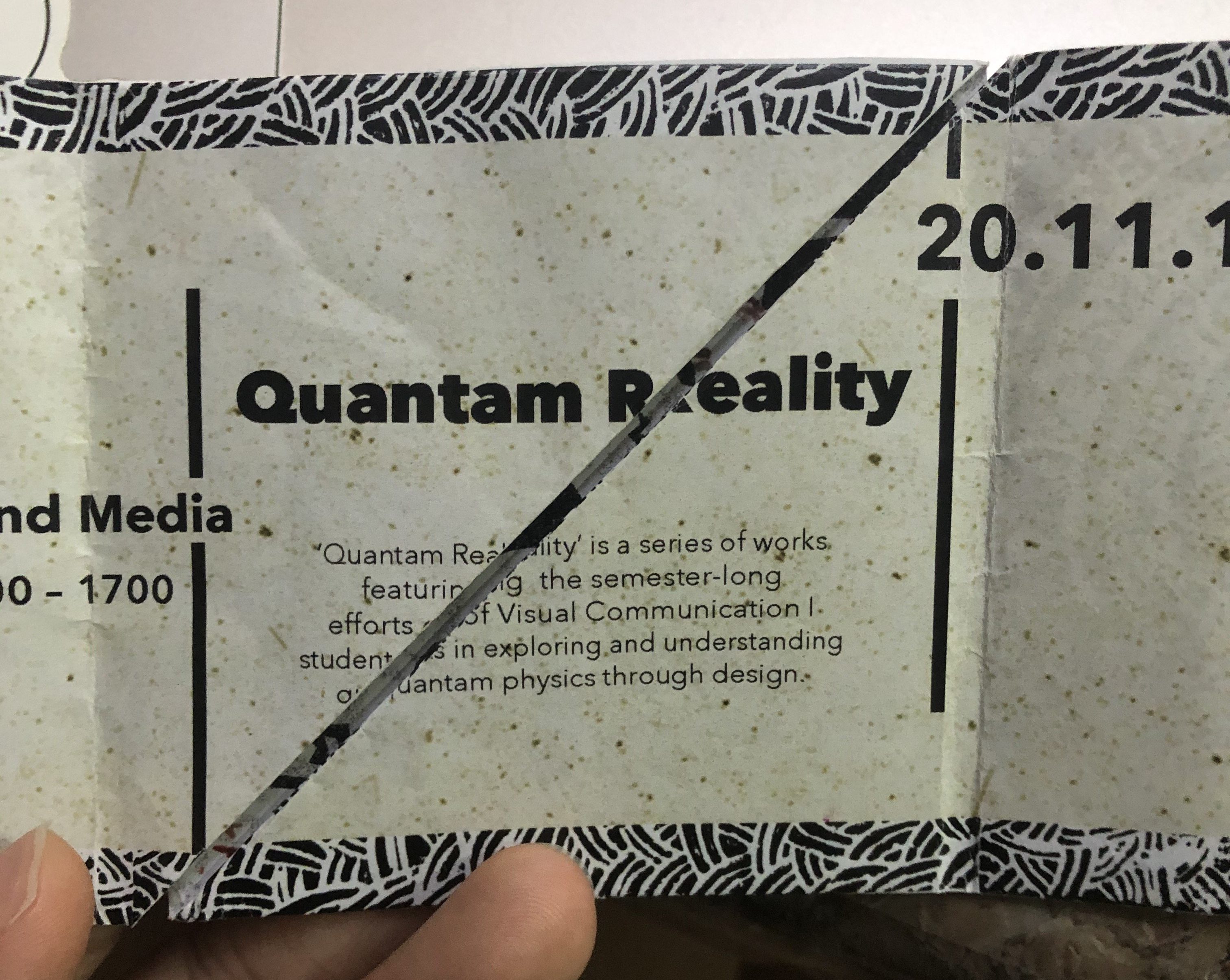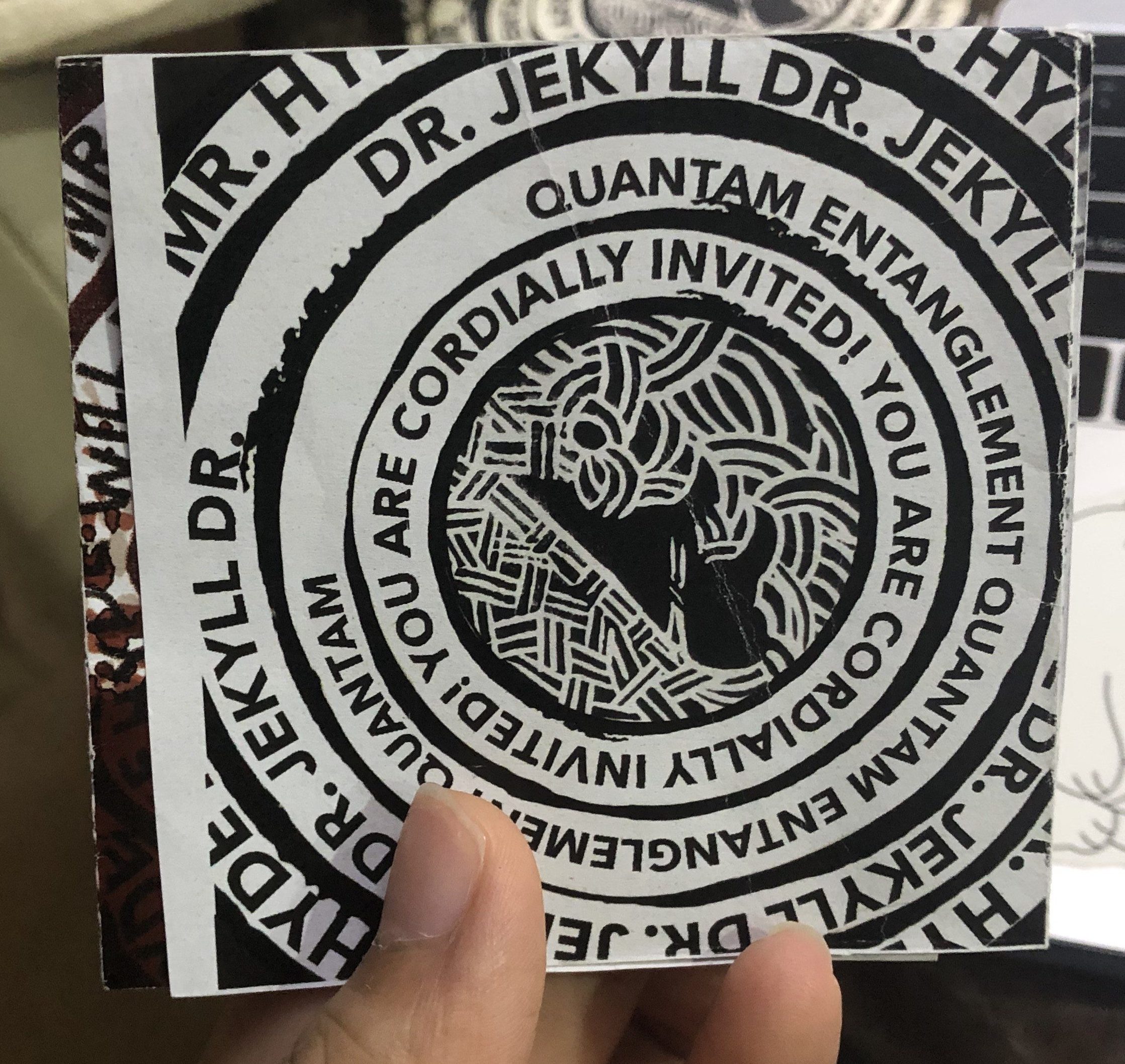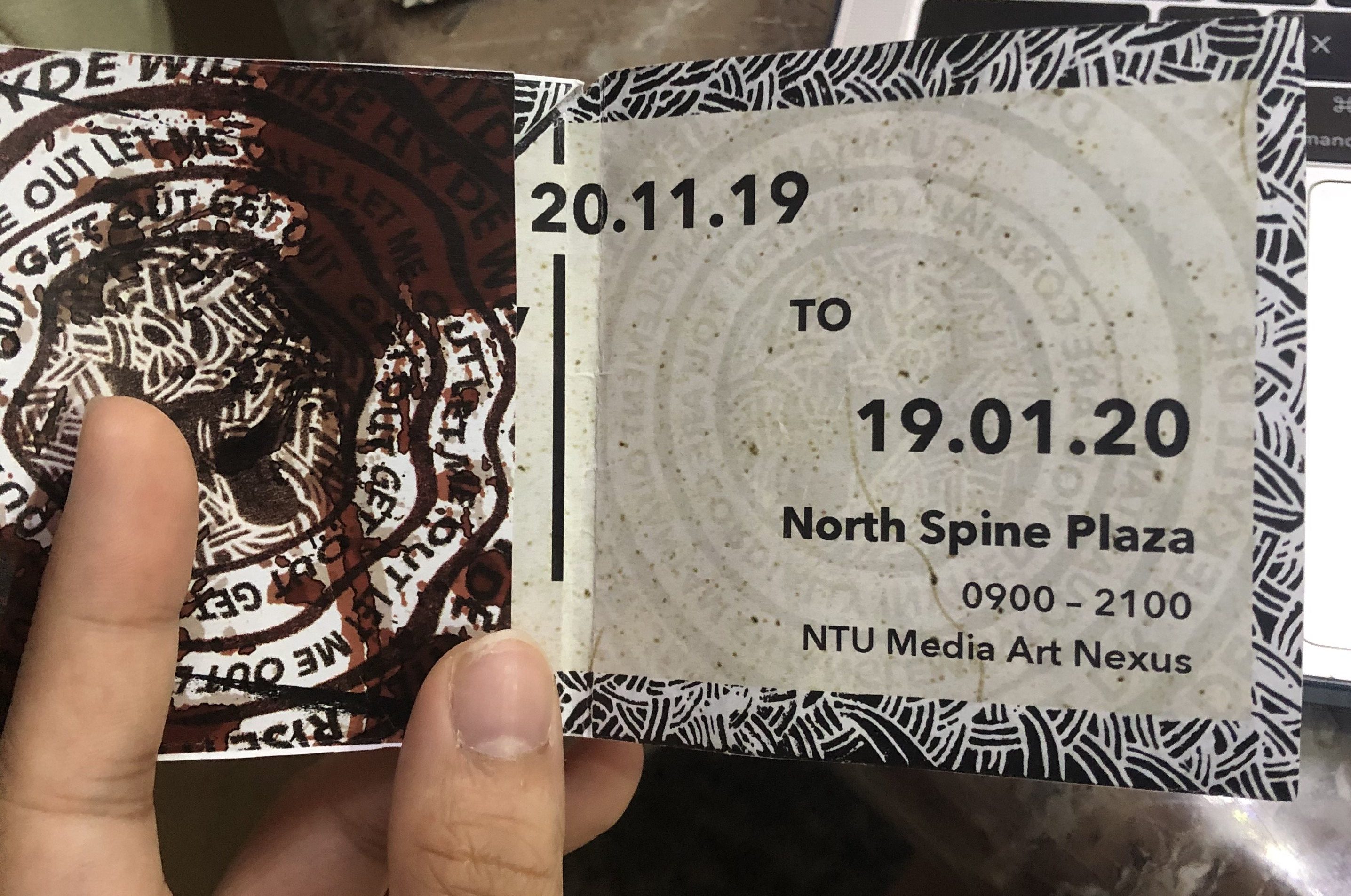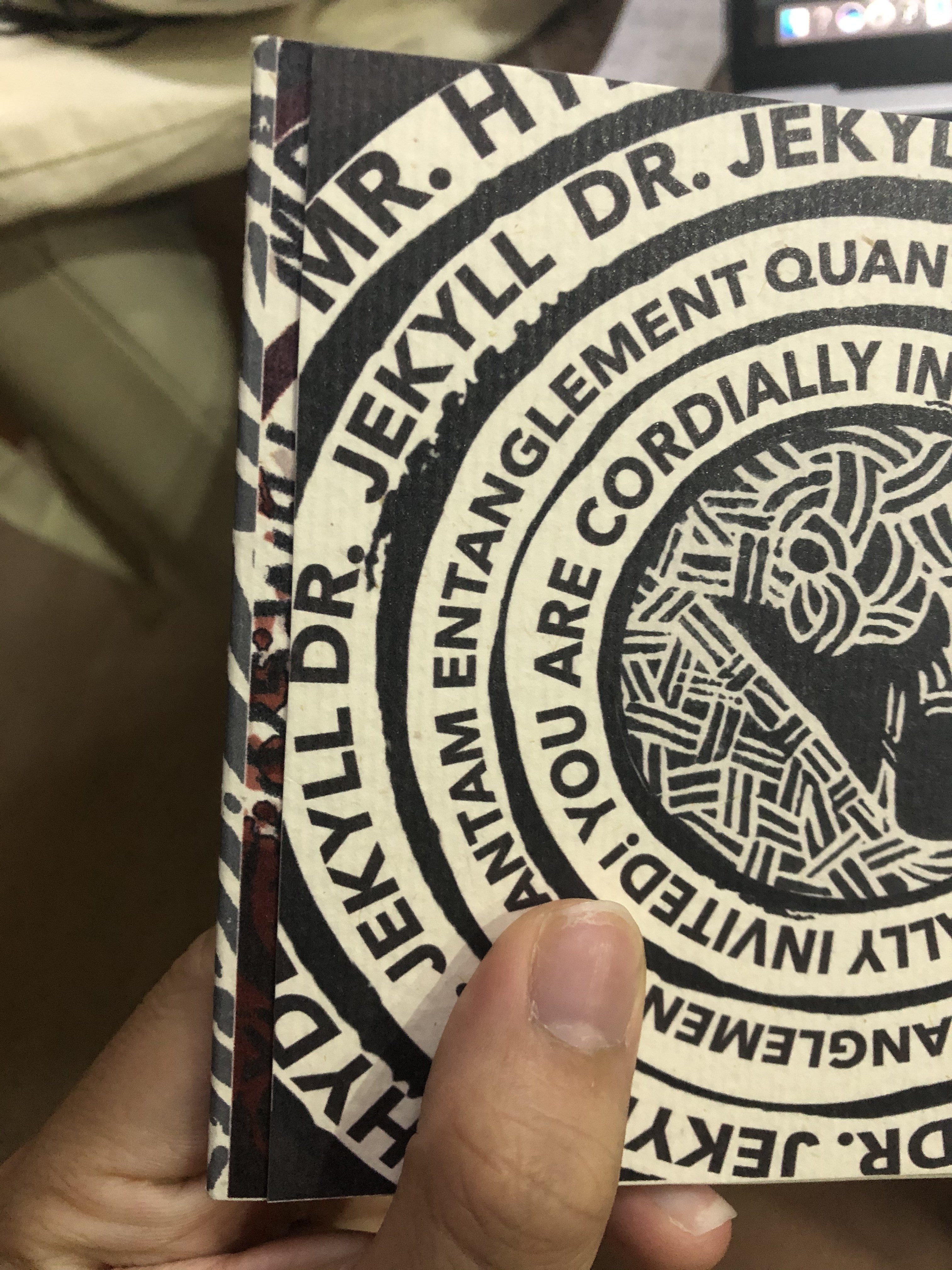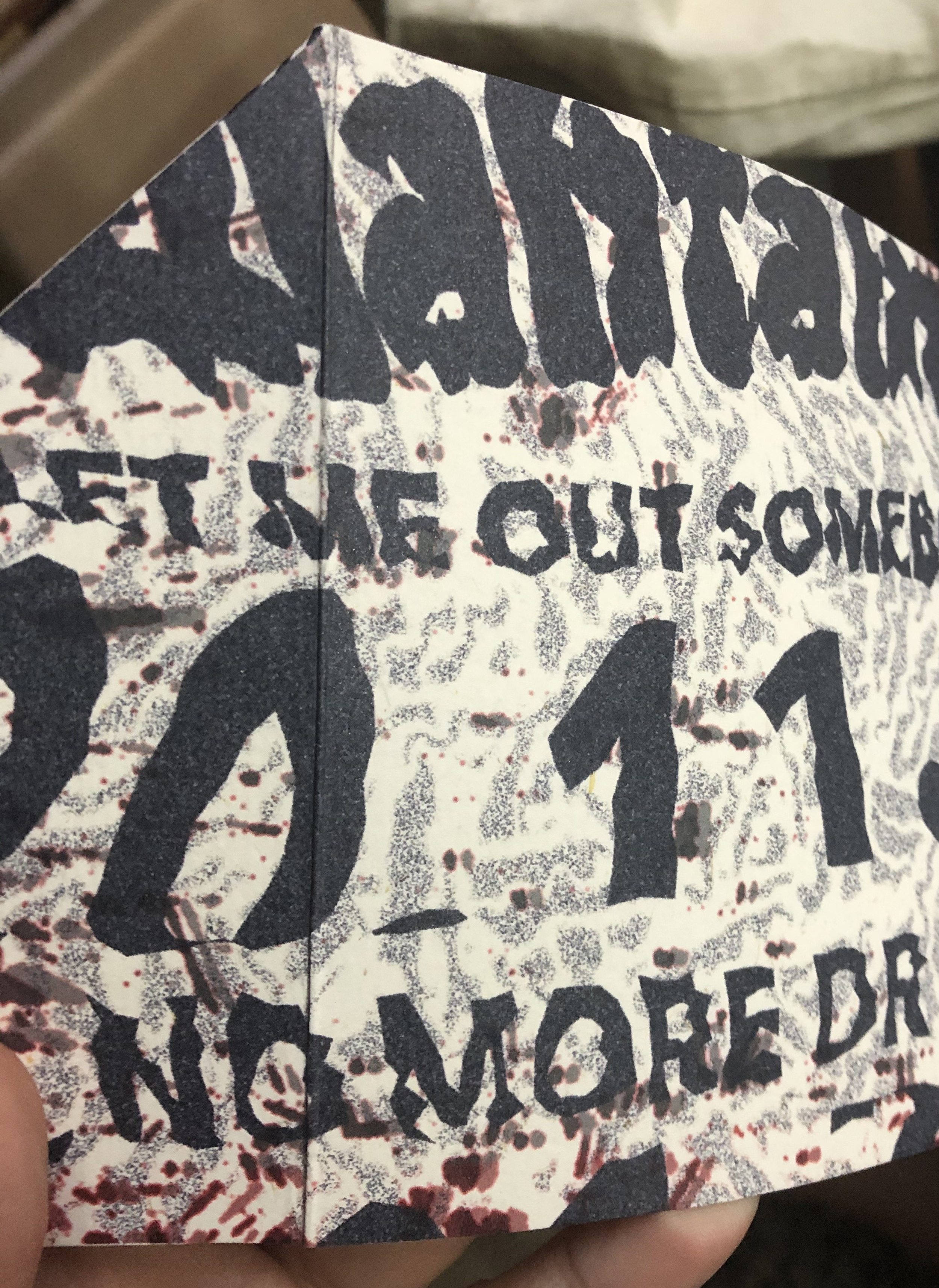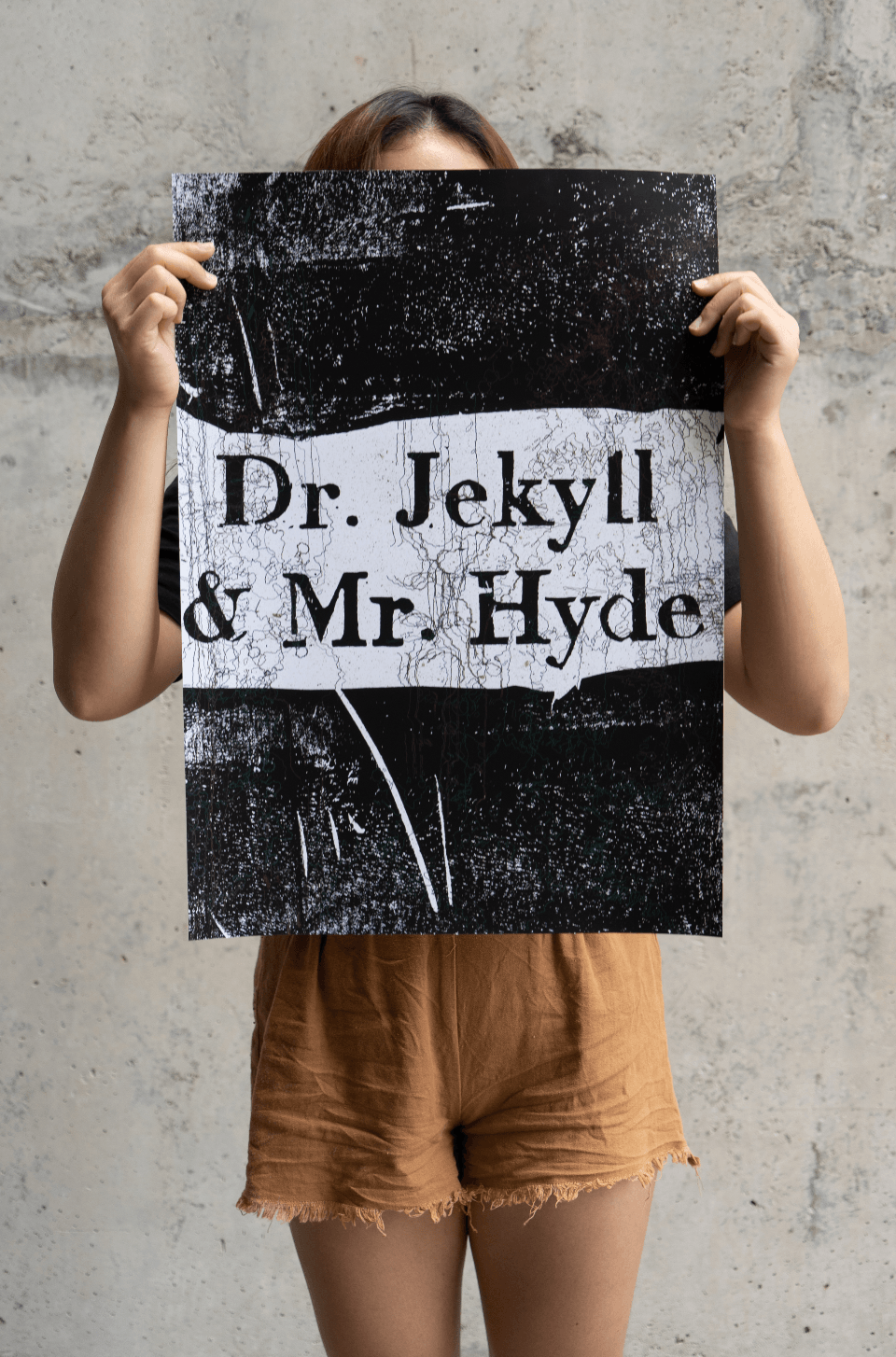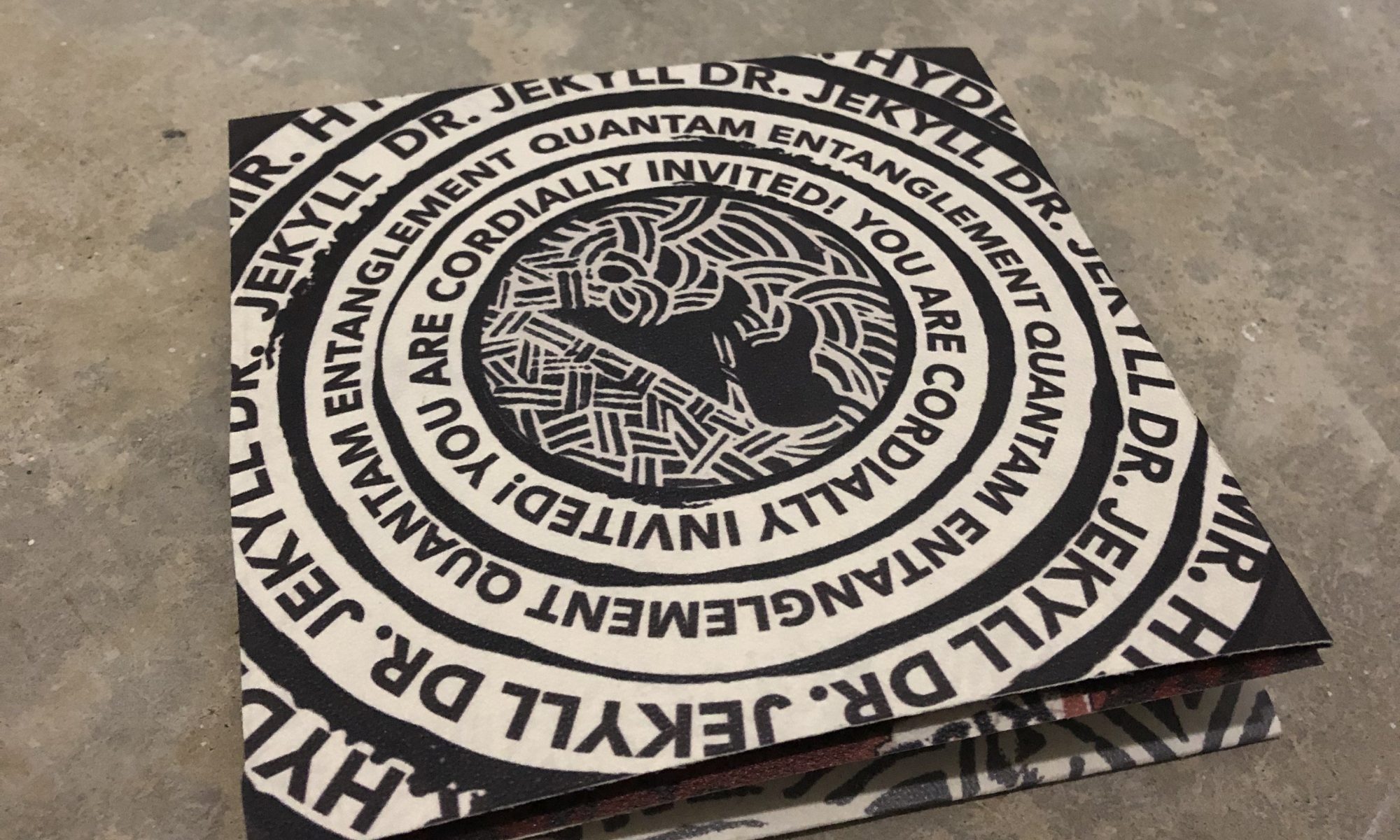Given the purview of past design movements which flowed with changing contexts (social, political, economic, scientific, technological, philosophical, environmental, etc), what could be a potential emergent design manifesto, ethos, movements, styles, trends or directions, which you could creatively adopt for your FYP/Graduation Project?
When the term, “Graphic Designer” first surfaced in 1922, it was coined by artist William Addison Dwiggins (Heller, 108) and used to describe himself—a book designer, hand lettering artist, calligrapher, and illustrator etc. who was famous for his stencilled illustrations and works in the printed arts (Shaw, 1-3). Today, the ‘graphics’ that designers dabble in have taken on a form rather different from that which Dwiggins was known for. As technology evolves, digital mediums have become the prevalent method of creating graphics. Digital databases have made the duplication and recycling of images effortless. I believe that the next emergent design movement would be one that protests against the homogenisation of design. Specifically, I believe that it would spark the extreme modification of available assets and stock images that render them unlike their originals in order to encourage artistic innovation and individuality.
Design is becoming increasingly homogenised. Websites like ‘Canva’ offer a wide array of trendy templates and readily available vectors. The popularity of Canva especially; with over 4 million users (Kitschke); points to an increasing dismissal of originality in favour of speed and convenience. Over 80% of Fortune 500 corporations (Chau) using canva points to companies’ need for design and their looking towards such platforms for free and fast solutions. This results in the prevalence of templates and cookie cutter designs. Similarly, ‘Humaaans’ by Pablo Stanley (Stanley) is a library of human illustrations that can be twerked to the users’ needs and is free for commercial and personal use. These illustrations follow the style of a single designer and subsequent variations created by others would be restricted to that style. If more of such libraries are created and utilised, design would then become increasingly uniform and boring.
In reference to past art manifestos, this sets the stage for a potential art movement. Historically, movements are more often than not reactions; either a celebration of change or a protest against so. For example, the Arts and Crafts movement protested against the mass production brought about by the Industrial Revolution (“Arts”). It encouraged a going back to the basics of handcraft and a focus on sophisticated craftsmanship that mass production threatened to replace (“Arts”). It was a protest against a rapidly advancing world. Today, the world is advancing more rapidly than ever. Stock vectors and free templates are akin to inviting the mass production of images. This reminds one of the mass productions that the Arts and Crafts movement protested against. The Arts and Crafts movement was not simply protesting against mass production, it was protesting against the lack of quality and individuality caused by mass production. Similarly, readily available illustrations and templates discourages innovation and personality in one’s design. Hence, with the Arts and Crafts movement in mind, I believe that similar motivations would result in an emergent art movement that protests against the imminent phasing out of innovation and creativity in design as it becomes increasingly uniform.
In view of this, I would like my Final Year Project (FYP) to be a series of design works raising awareness of and criticising homogenised design. I would propose five sets of works that are built upon already available assets either photography: stock images or vector illustrations. I would then edit or illustrate over them until the end product is something entirely different from the original. By showcasing the the process and titling the entire project, “Is this original yet?” I am implying how a designer can turn a piece of inspiration into an original work. In doing so, I hope to provoke conversations on how far one must innovate in order to turn something from an inspiration to an original and if new technologies are jeopardising and encouraging us to skip this important process.
As the world enters the Fourth Industrial Revolution (Marr) and has rapidly been digitised, the impact of technology on graphic design cannot be missed. With platforms like Canva and libraries of stock designs, the line between a designer and a layman becomes blurred. Designs becomes less individualised and more uniform. I believe that this creates enough motivation for creatives to begin a movement that protests against so. Hence, I would like to creatively adopt this for my FYP and work on a project that denies homogeneity in design and promotes innovation despite the huge libraries of assets encouraging otherwise.
Works Cited:
Chau, David. “Canva: Online Design Startup Joins Generally Overvalued ‘Unicorn’ Club.” ABC News, 8 Jan. 2018, https://www.abc.net.au/news/2018-01-09/canva-australian-unicorn-1-billion-valuation/9312458.
“Canva Raises $US6 Million and Announces ‘Canva Pro.’” About Canva, 14 Aug. 2019, https://about.canva.com/news/canva-for-work-launches-to-4-million-users/.
Heller, S. (1991). “W.A. Dwiggins: Master of the Book.” Step-by-Step Graphics, January/February 1991, http://www.hellerbooks.com/pdfs/step_dwiggins.pdf. Accessed 17 November 2019.
Marr, Bernard. “The 4th Industrial Revolution Is Here – Are You Ready?” Forbes, Forbes Magazine, 14 Aug. 2018, https://www.forbes.com/sites/bernardmarr/2018/08/13/the-4th-industrial-revolution-is-here-are-you-ready/#7b78d398628b.
“Mix-&-Match Illustration Library.” Humaaans, https://www.humaaans.com/.
Shaw, Paul. “Tradition and Innovation: The Design Work of William Addison Dwiggins.” Design Issues, vol. 1, no. 2, 1984, p. 26., doi:10.2307/1511497.
“The Arts & Crafts Movement Overview.” The Art Story, https://www.theartstory.org/movement/arts-and-crafts/.
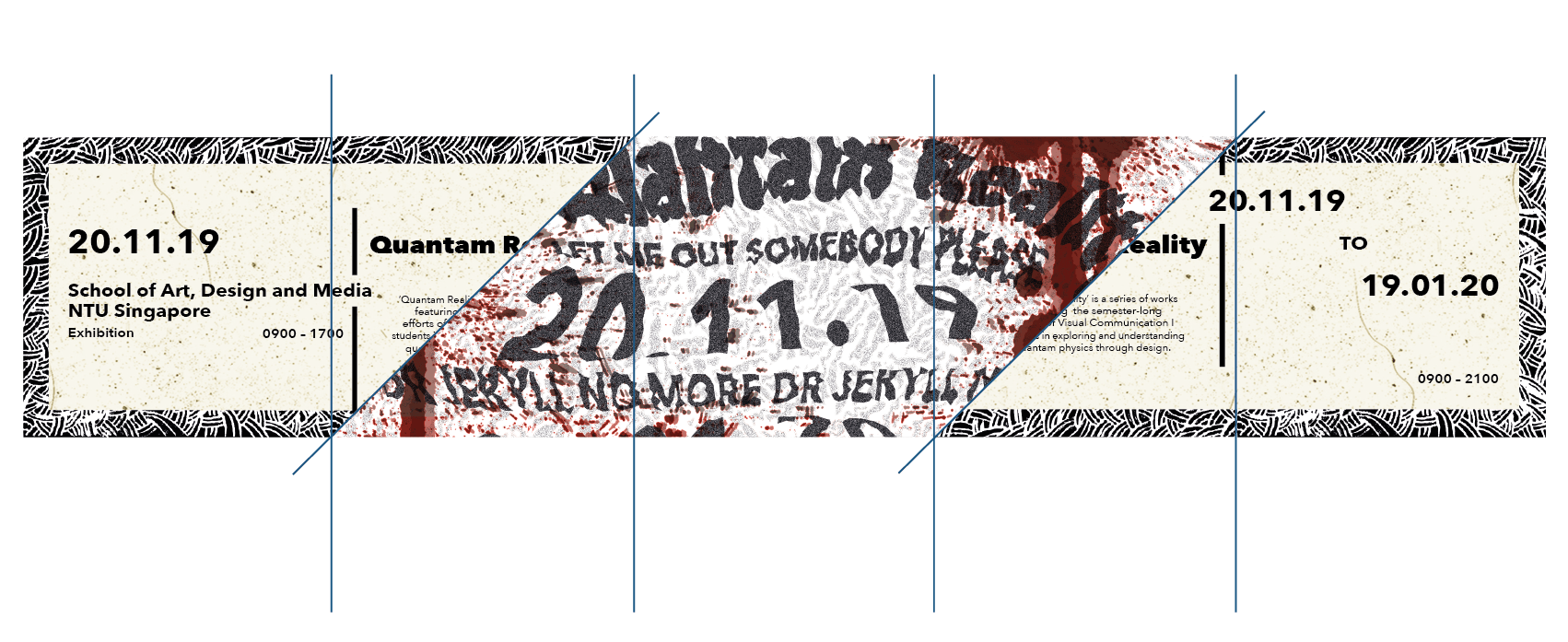 Back: (Blue lines are where the invite is folded)
Back: (Blue lines are where the invite is folded) 